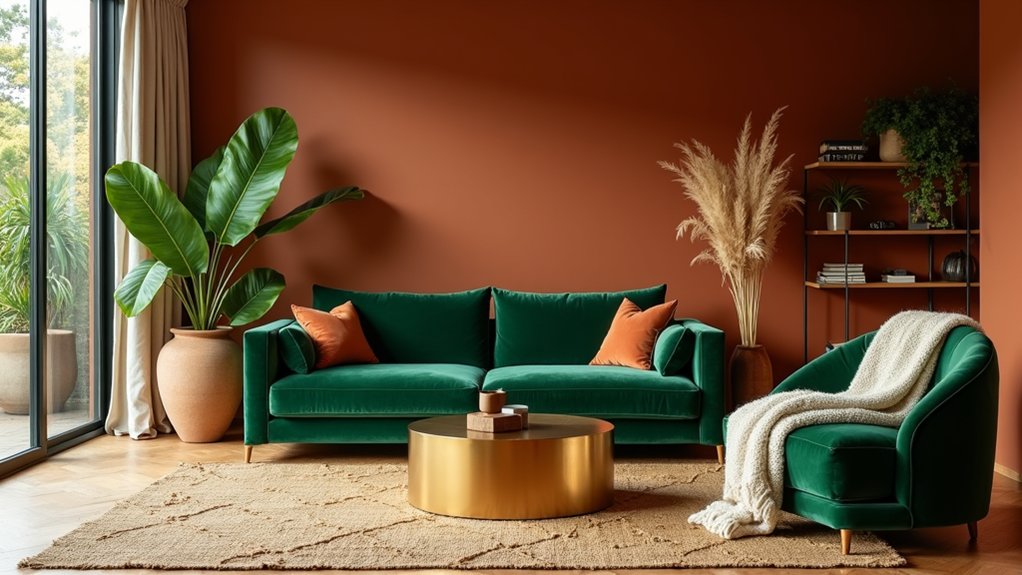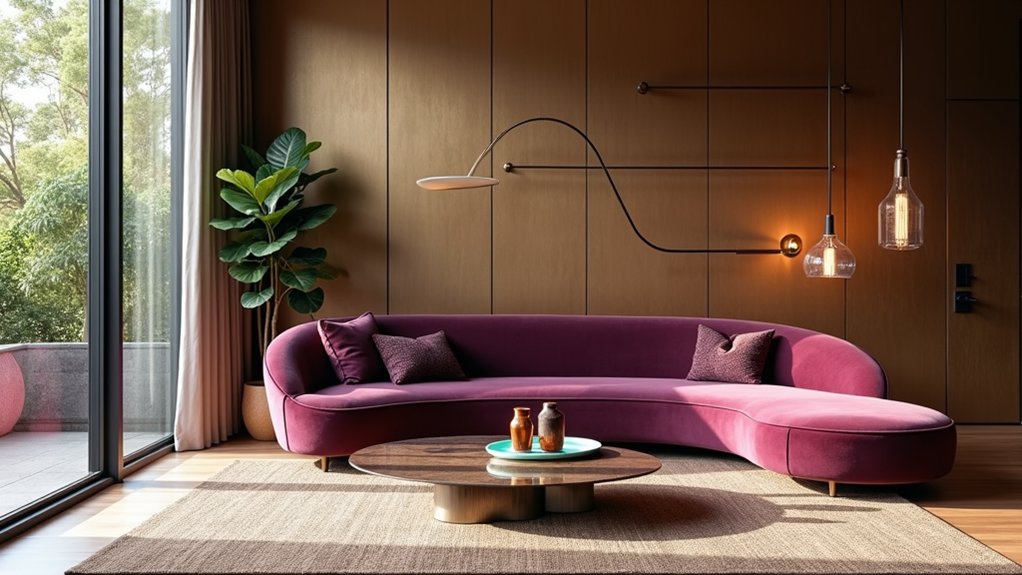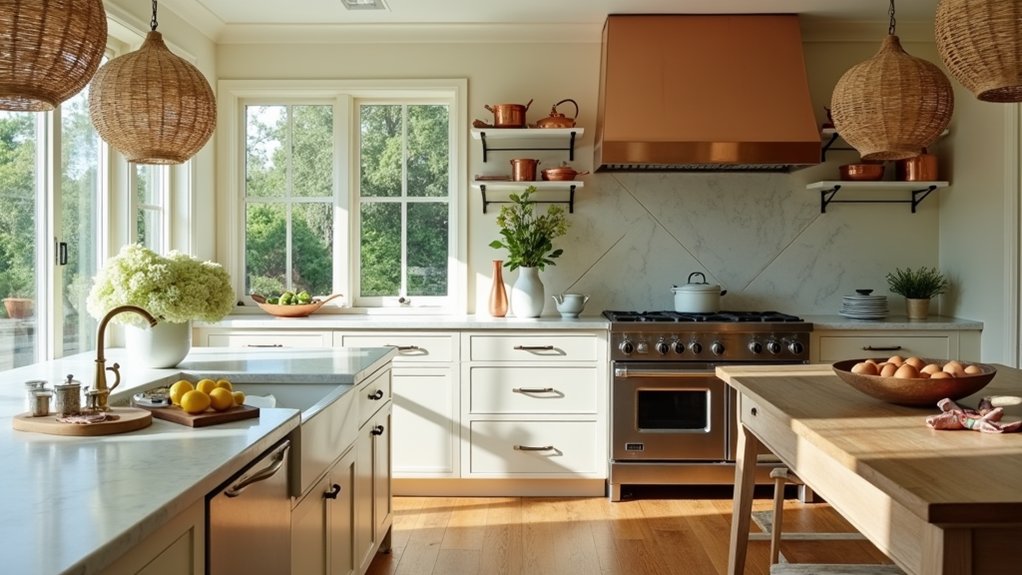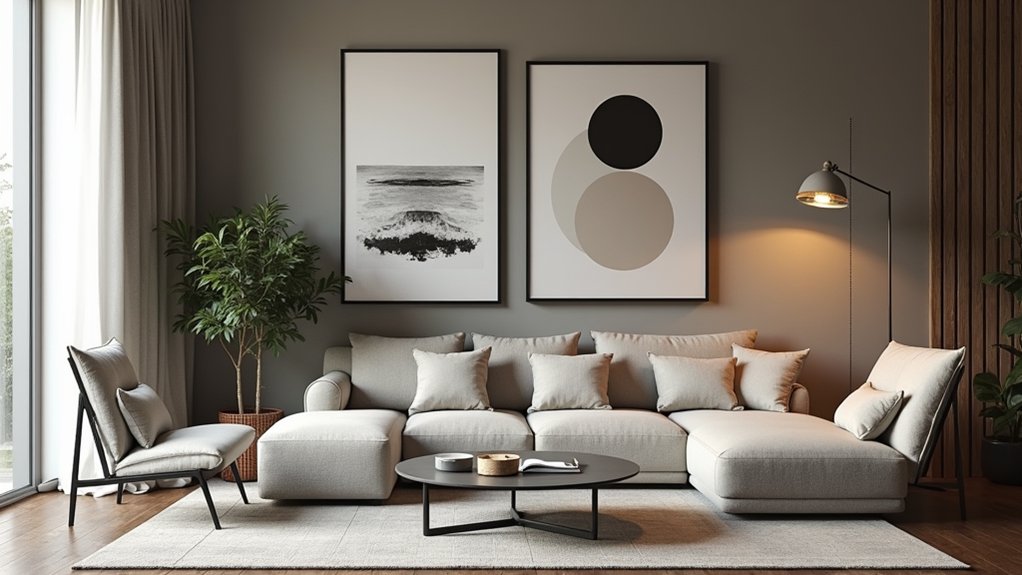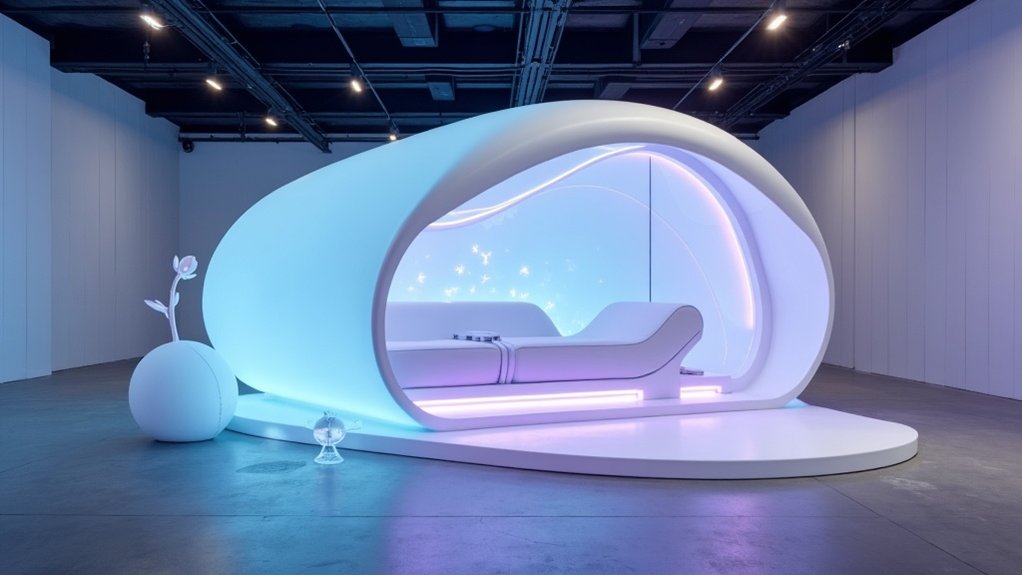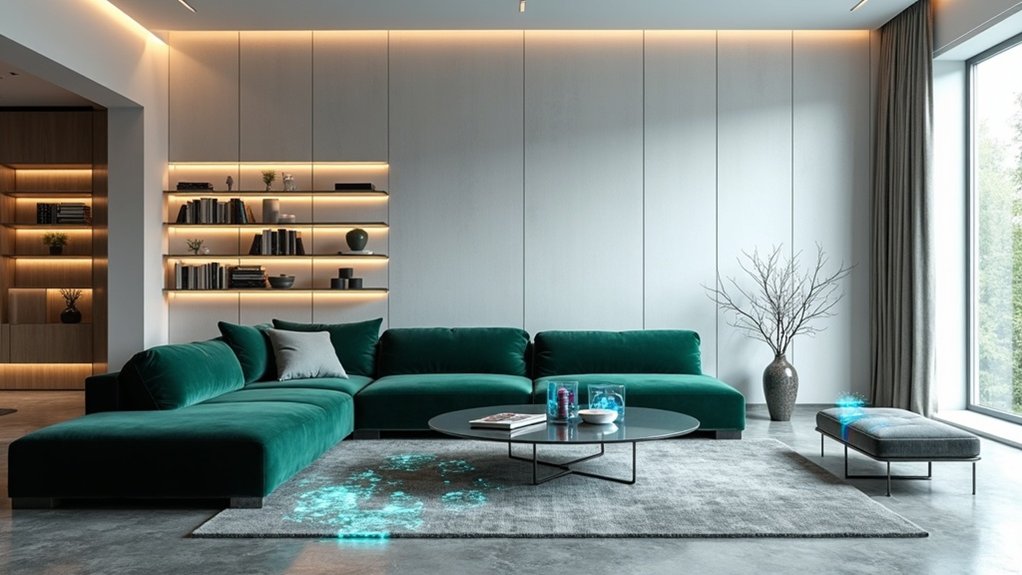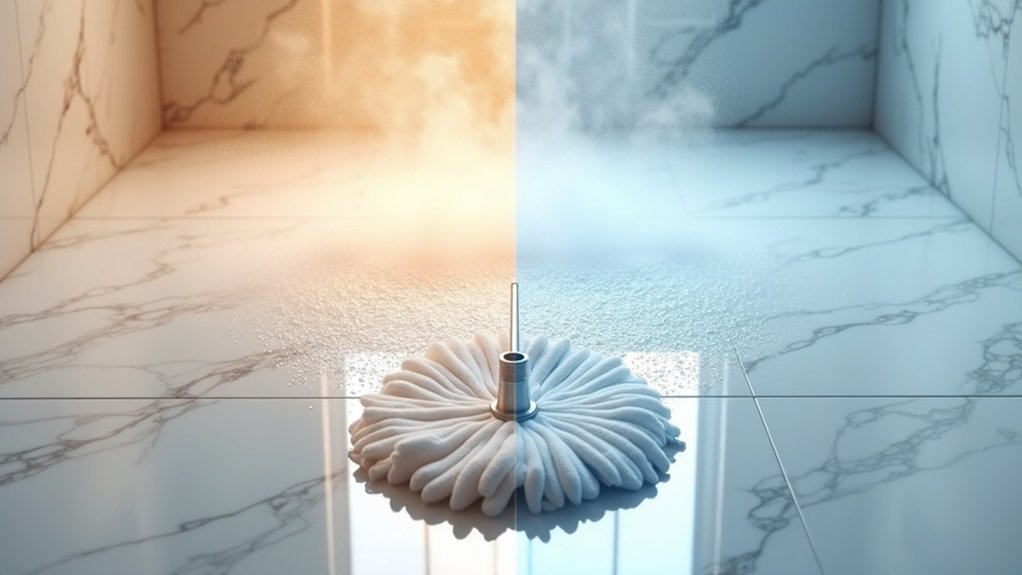As interior design evolves beyond the pandemic-driven focus on functionality, 2025's emerging trends reflect a sophisticated fusion of wellness, sustainability, and personal expression. Interior designers report that homebuyers are increasingly drawn to spaces that balance serenity with character, making thoughtful design choices vital for sellers looking to maximize property appeal.
The enduring influence of Japandi design continues to shape modern interiors, combining Scandinavian minimalism with Japanese warmth. Hidden storage solutions and multifunctional furniture create decluttered spaces, while natural materials like bamboo and light woods add organic comfort. This aesthetic particularly appeals to buyers seeking a calm, organized environment without sacrificing style. Modern homeowners are moving away from sliding barn doors, opting instead for sleek pocket doors that offer both functionality and contemporary appeal. Tech-savvy buyers appreciate homes featuring hidden speakers integrated seamlessly into walls and ceilings. Furthermore, the incorporation of biophilic elements enhances greenery and natural light, further promoting a serene atmosphere.
Japandi's masterful blend of minimalism and warmth creates serene spaces through clever storage, versatile furniture, and natural elements.
Color preferences have shifted dramatically from safe neutrals to bold statements. Saturated hues like emerald green and deep terracotta, often inspired by nature, are making their way into homes through statement walls, upholstery, and dramatic tile designs.
"We're seeing a 40% increase in clients requesting bold color schemes," notes leading designer Sarah Chen, "especially when paired with biophilic elements that promote wellness."
Wellness-focused features have become non-negotiable for many buyers. Dedicated spaces for meditation and exercise, along with spa-inspired bathrooms featuring soaking tubs and steam showers, demonstrate a property's alignment with contemporary lifestyle priorities. Additionally, the demand for energy-efficient solutions and low-VOC finishes is driving the creation of healthier environments.
Natural and textured surfaces, from hand-troweled plaster walls to unpolished stone countertops, add sophisticated depth while creating a sensory-rich environment.
Sustainability has moved from a preference to a requirement, with 43% of designers reporting it as fundamental for 2025 projects. Eco-conscious materials, energy-efficient fixtures, and furniture built for longevity not only appeal to environmentally aware buyers but additionally signal quality construction and thoughtful design choices.
The most successful homes on the market welcome personalization while maintaining broad appeal. Vintage hardware, statement art pieces, and carefully curated collections can create memorable spaces that resonate with buyers.
These elements, when balanced with timeless features like classic archways and curved forms, help properties stand out in competitive markets while ensuring lasting value.


